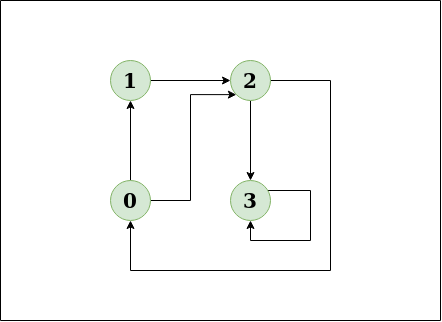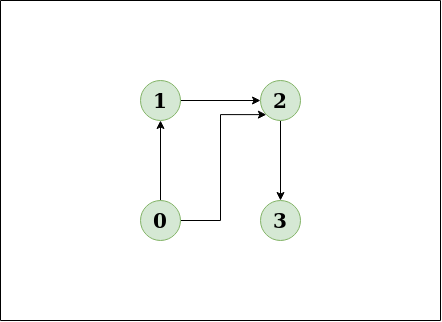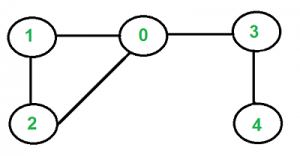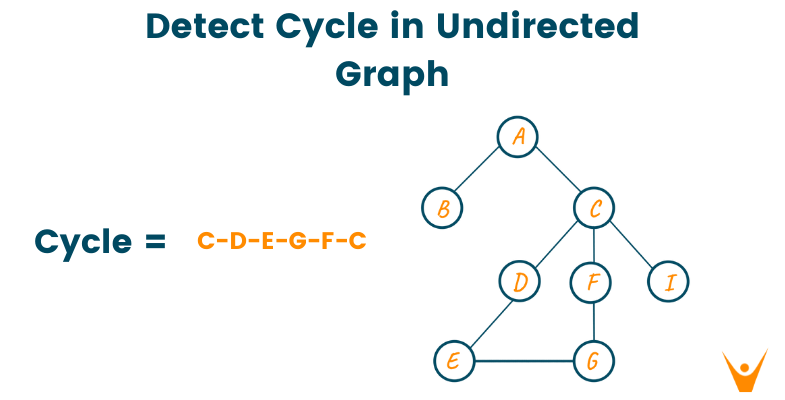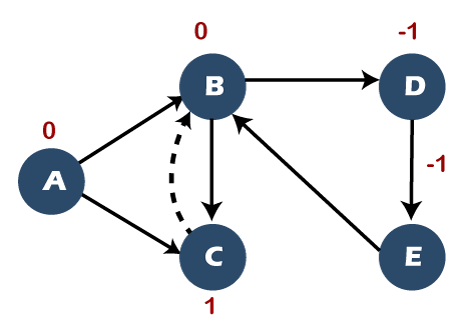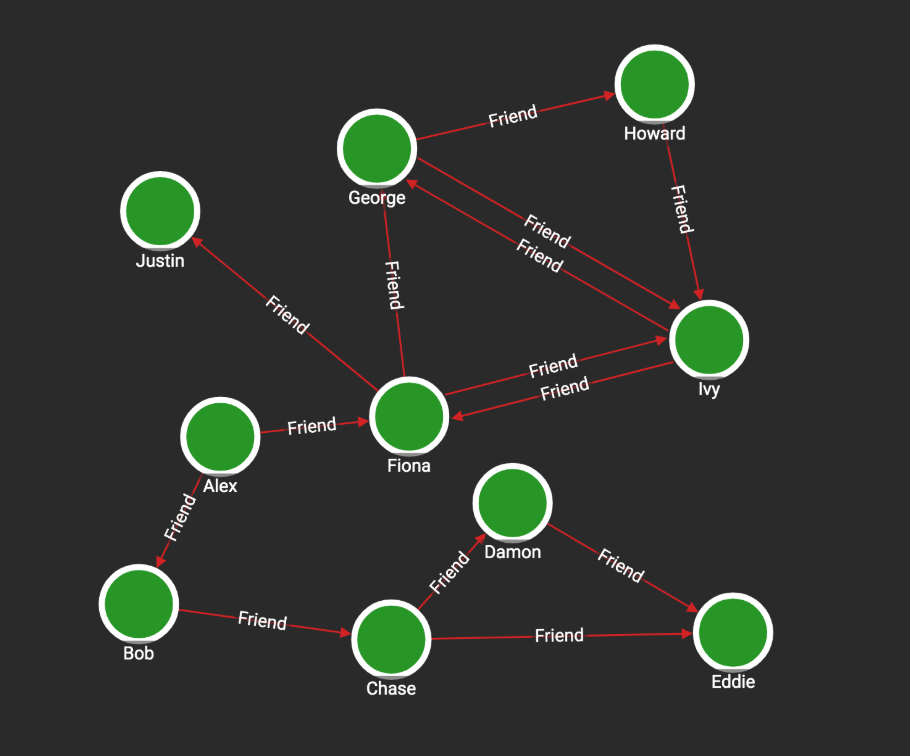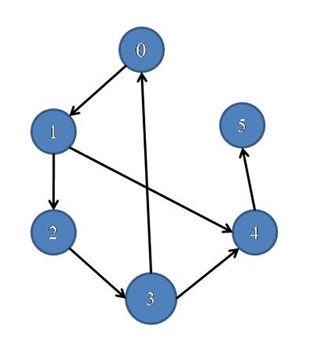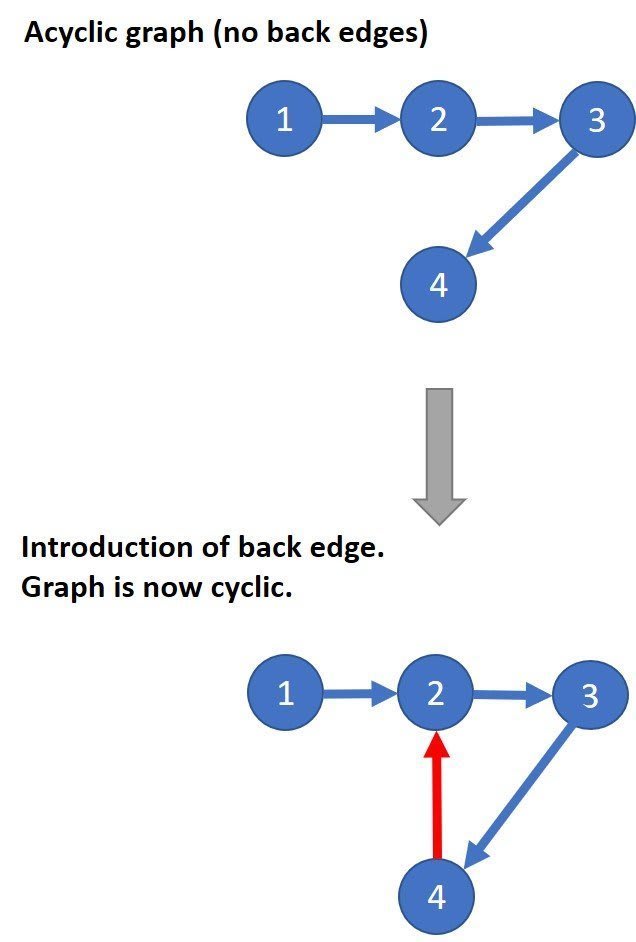Best Info About How To Detect A Cycle In A Graph

In the above graph, the adjacent vertex of e is b, and its flag value is 0;
How to detect a cycle in a graph. Steps involved in detecting cycle in a directed graph using bfs. We can see that there is a cycle in a graph if there is a back edge present in the graph. The basic intuition for cycle detection is to check whether a node is reachable when we are processing its neighbors and also its neighbors’.
The start vertex, the visited set, and the parent node of the vertex. We can see dfs to detect cycles in a graph. Algorithm to detect cycle in undirected graph assign the source_vertex to visited for all the adjacent_vertices to the source_vertex do if the adjacent_vertex is not visited, then.
For every visited vertex ‘v’, if there is an adjacent ‘u’ such that u is already visited and u is not a parent of v, then there is a cycle in the. If dfs has detect cycle, it already contains vertices that forming the cycle. In this blog, we have discussed one of the methods to detect cycles in a directed graph.
To detect a cycle in a directed graph, we can either use the depth first search or the breadth first search approach. We do a bfs traversal of the given graph. True a cycle is found.begin add vertex in the visited set.
The idea is to do a dfs traversal of the graph and maintain an array of visited vertices. Using a depth first search (dfs) traversal algorithm we can detect cycles in a directed graph. In the dfs technique, we check if there exists a back edge.
Dfs is easy to implement. V = 8, e = 7 output: We maintain an array of all the visited vertices, and during the traversal,.


